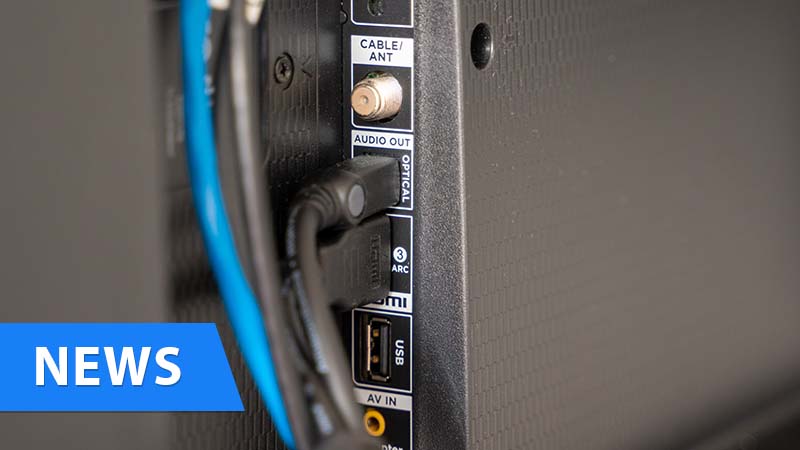Like USB, SD, and other ports, not all HDMI inputs are the same, and using the correct one can have a significant impact on things like picture quality, frame rates, and latency. But you might not be getting all of the features you think you are.
As if deciphering every HDMI version wasn’t already time-consuming enough, we now know that the latest and greatest HDMI 2.1 standard, well, isn’t very standardized. The TV or monitor you buy with “HDMI 2.1” may not support any of the latest features.
Only HDMI 2.0 standards were met by a Xiaomi monitor with HDMI 2.1 compatibility. The panel’s resolution was limited to 1080p rather than 4K. And the truth is, Xiaomi didn’t do anything wrong from a technological standpoint. It all comes down to semantics and the HDMI Licensing Administrator’s hazy (and consumer-unfriendly) standards.
With the short note in the terms and conditions, Xiaomi has done everything right in the eyes of the HDMI standardization organization. HDMI 2.0 is a subset of HDMI 2.1, which means that its specs are incorporated into the current standard. The standards group has even stated that it will no longer certify HDMI 2.0, claiming that HDMI 2.0 “no longer exists” and that HDMI 2.1’s features and capabilities are optional. A monitor can be labeled HDMI 2.1 if it supports one of the newer standards.With the short note in the terms and conditions, Xiaomi has done everything right in the eyes of the HDMI standardization organization.
HDMI 2.1 has gained attention in recent months because to the possibilities it provides on next-generation consoles and gaming PCs, particularly the capacity to run 4K games at 120 frames per second. If you don’t have the correct connection and a high-speed HDMI cable, you’ll miss out on those benefits.
Now you have to watch out, even if you think you bought the right one, you can be wrong. Always make sure to read the fine print, or you may not get all the features you think.

